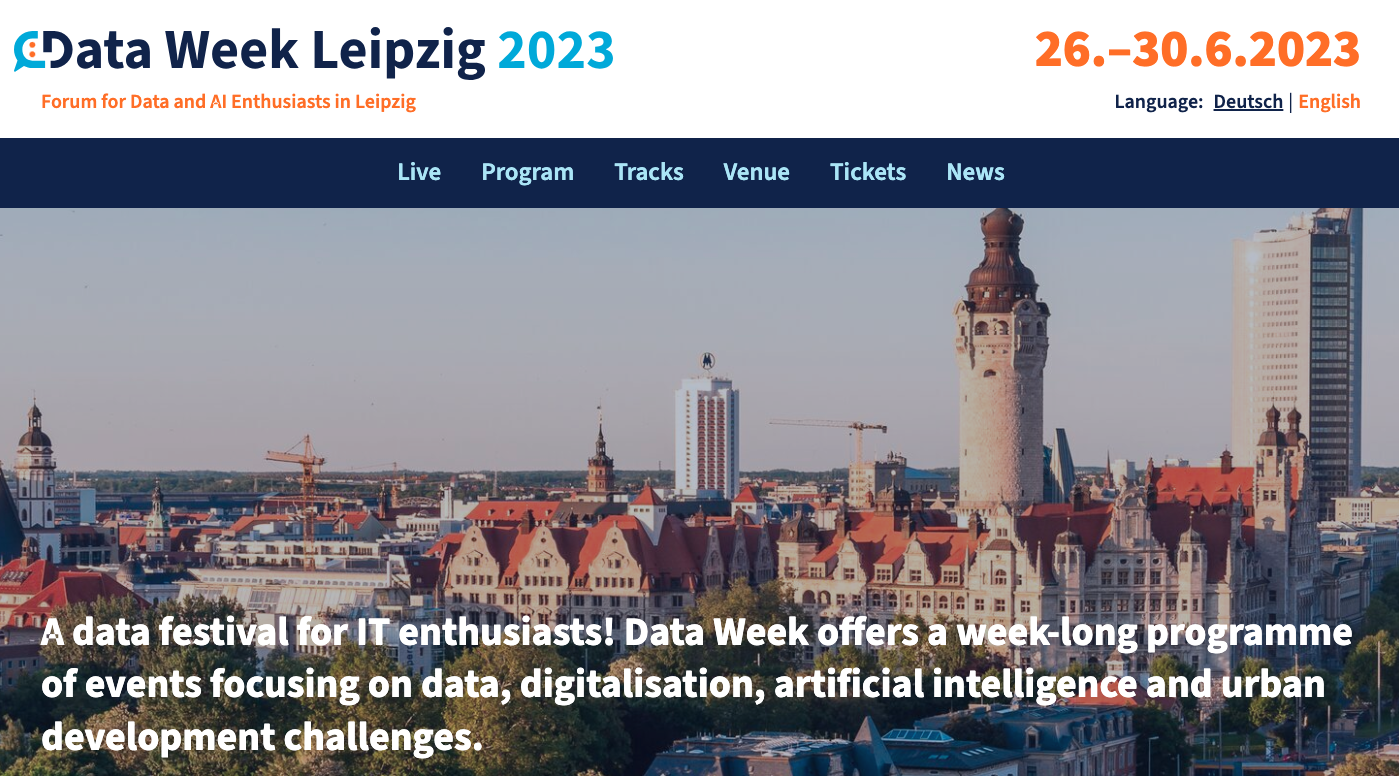Target: General industry audience, low-technical
Aim: Introduce digitalisation methodology described in D2.2– what, why and how to use
Digital transformation of the construction and urban planning regulation compliance processes is the aim of the ACCORD research project focusing on the digital building compliance. It focuses on the technology-driven aspects of digital transformation, enhancing the digitalization of the multi-actor process that engages the construction industry, public administration, and specialized ICT providers. A flexible ecosystem will boost efficiency and added value growth in the long-term vision. First, however, interoperability shall be reached in data assets models and their exchange.
The Architecture, Engineering, and Construction (AEC) sector regulates processes under the multi-layer legislation. Data is a mixture of natural language text (national, local regulations, decisions, procedures), digital but poorly structured forms (like PDF application documents of designs, licenses), and structured output of the tools (like BIM, GIS). Each contains valuable information that a digitally optimized process can use for efficiency and added value decision support. Among others, the Accord project tries to solve the unambiguity of the data interpretation problem for digital building compliance, proposing guidance and tools to turn regulations into machine-readable and actionable information. As the stepping stone, the project finalized the work on the regulation digitalization methodology and the AEC3PO ontology ‘D2.2 BC Ontology and Rule Format’.
Integrations at scale:
With the growing number of regulations related to urbanism, climate, health, it is important to ensure they can be effectively enforced now undermining efficiency of development and economic growth. In parallel, the era of the 4th industrial revolution and specialization has brought initiatives enabling business scaling that require digital services harmonization like European Data Spaces. Their common promise is the added value of digital processes integrations, and they share common challenges. According to the JRC reports on the DataSpaces implementation suggest compliance, data processing interoperability, transparency, scalability (among others) as key requirements of the ecosystem evolution that would require legal, technical and operational models alignment. Also ITU, that leverages value of the digitalisation in the SDGs implementation (like SDG11), recognizes the need of closer integration of the ICT and Legal frameworks.
Method in practice
ACCORD proposes unified pathway for the regulation digitalization that can be further expressed in the formal way based on the defined ‘expression language’.
For example, following clauses:
could be interpretetd by the trained human, while any automated execution needs to decompose the clauses into logical expressions, extract the values and units, and be given some context definitions terms such as of ‘public space’, ‘partywall’ and relate these terms to BIM and GIS data.
The outcome of the process can be:
– Machine-readable: Where software can read, parse, and understand the structure of regulation documents
– Machine-executable: Where software can additionally execute actions based on the document
The ACCORD methodology proposes five abstract steps, across three (manual, automated (NLP) and a hybrid) approaches. These steps are:
- Convert non-machine-readable documents to machine-readable format, skipping if already in a suitable format.
- Identify and formalize logical relationships within regulatory paragraphs and clauses.
- Identify and formalize regulatory decisions by specifying logical relationships among words/phrases.
- Formally express rules, mapping terms to logical decisions, potentially involving complex relationships.
- Map identified terms to execution contexts, explicitly specifying how associated data can be retrieved or calculated.
What is important, each of the approaches results in the integrated rules set being harmonized for further use by the rule checking tools (Figure below)

Figure 2. ACCORD digitalisation approaches
In the Future
Accord methodology integrated with the AEC3PO ontology is part of the Accord framework, enabling efficient communication between AEC stakeholders and digital services development. Practical validation will be part of the implementation of the Accord pilots.
References
- AEC3PO ontology
- Farrell, E., Minghini, M., Kotsev, A., Soler Garrido, J., Tapsall, B., Micheli, M., Posada Sanchez, M., Signorelli, S., Tartaro, A., Bernal Cereceda, J., Vespe, M., Di Leo, M., Carballa Smichowski, B., Smith, R., Schade, S., Pogorzelska, K., Gabrielli, L. and De Marchi, D., European Data Spaces – Scientific Insights into Data Sharing and Utilisation at Scale, EUR 31499 EN, Publications Office of the European Union, Luxembourg, 2023, ISBN 978-92-76-53522-5, doi:10.2760/400188, JRC129900.
- Reference framework for integrated management of an SSC – https://u4ssc.itu.int/wp-content/uploads/2023/07/U4SSC-Reference-framework-integrated-management-of-an-SSC-E.pdf



